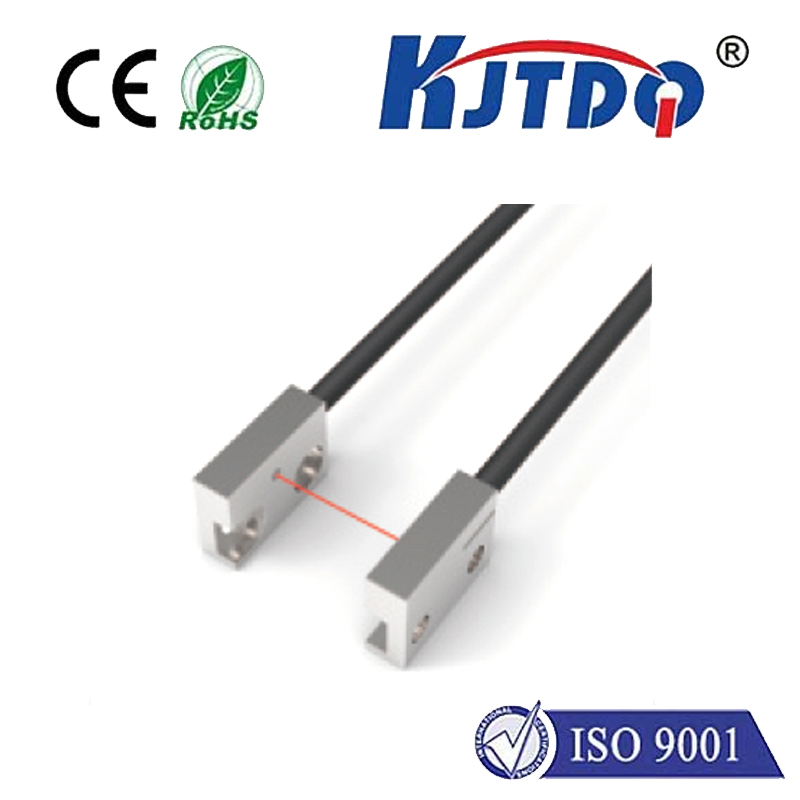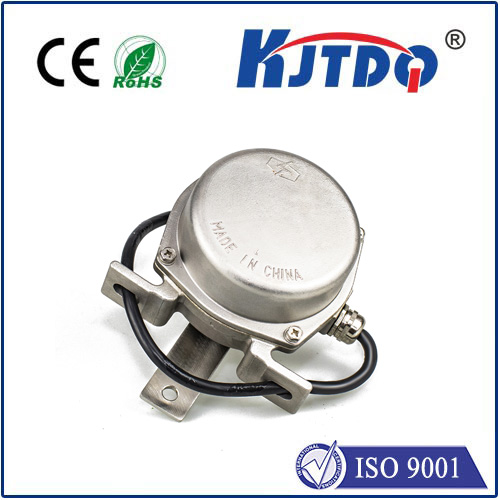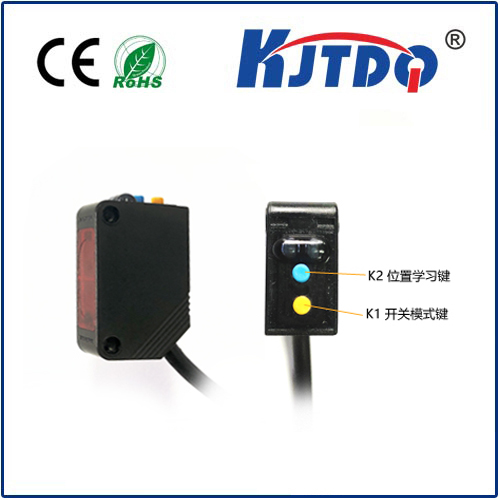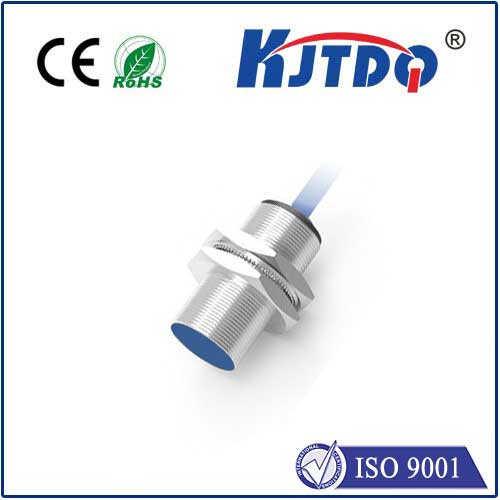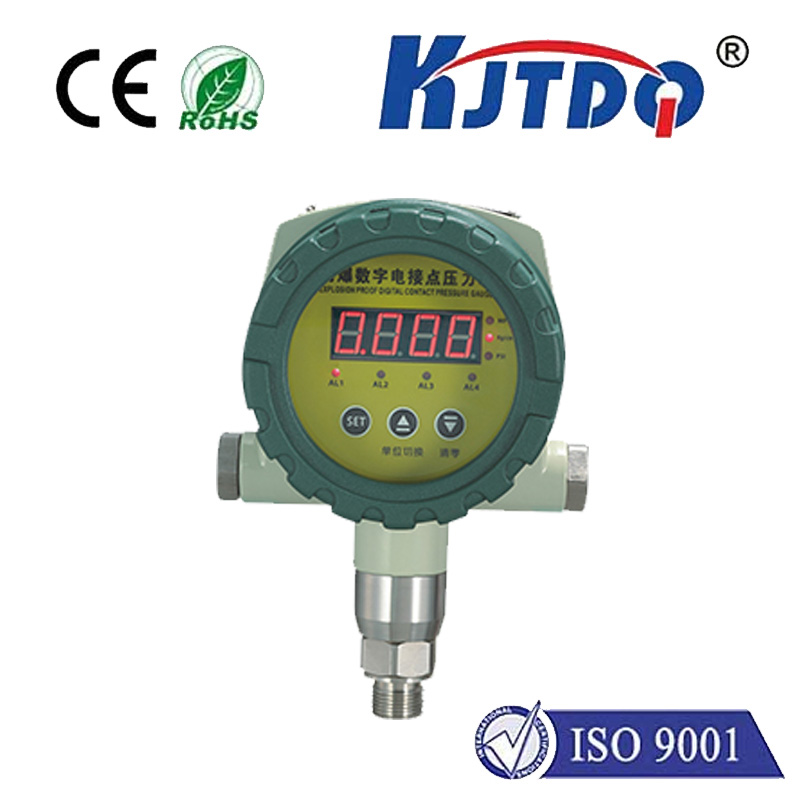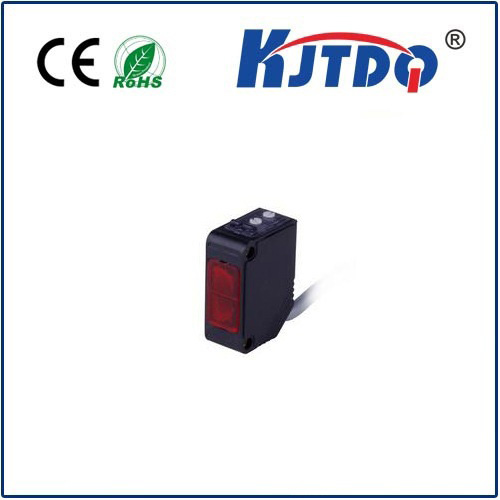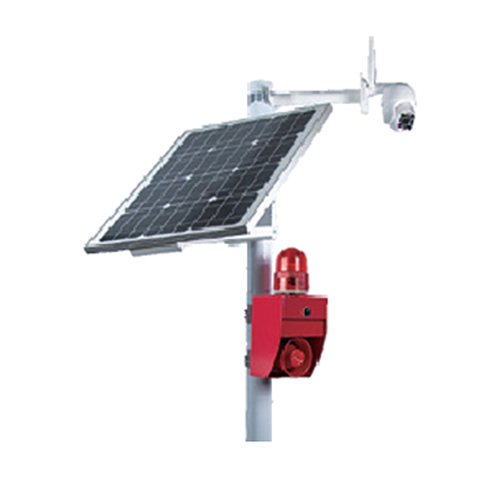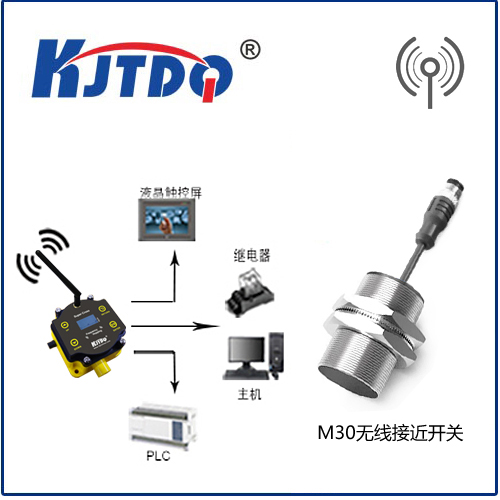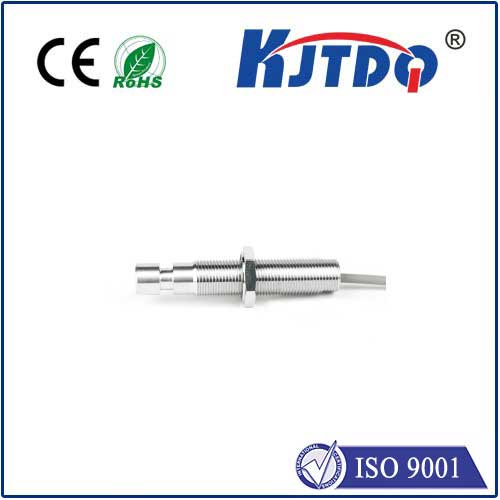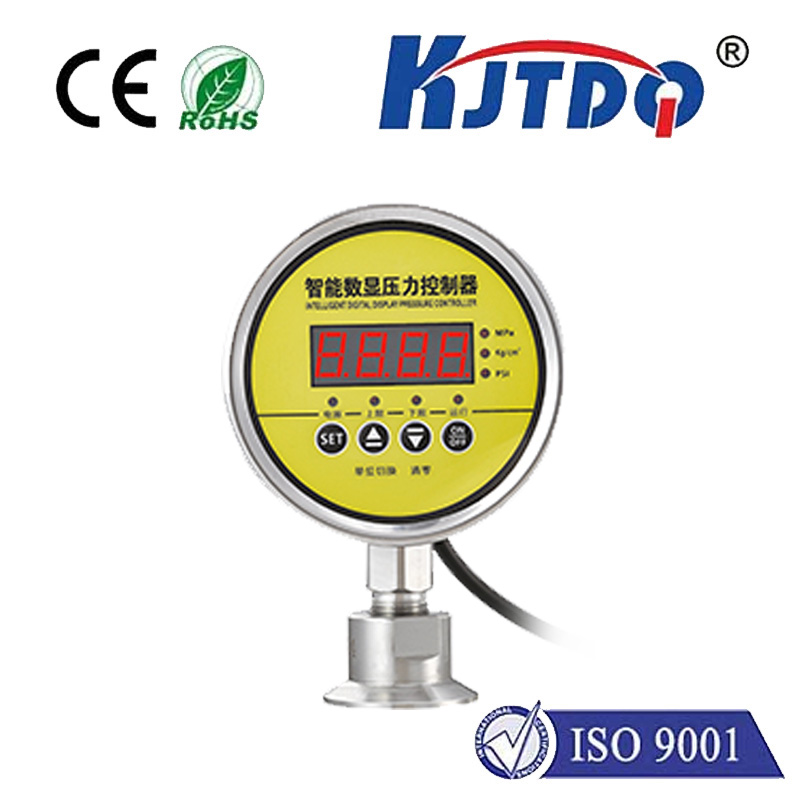

check

check

check

check

check

check

check

check

check

check
In today's industrial environment, automation has become increasingly important to optimize efficiency and productivity. One crucial aspect of automation is the use of sensors, particularly those that measure proximity. Jenis sensors are a popular choice among manufacturers due to their high accuracy and reliability. In this article, we will discuss the different types of jenis sensors available for proximity sensing and their applications in various industries.
Jenis sensor proximity refers to the distance between two objects or components in which an electronic device measures the presence or absence of a third object. These sensors are used in various industries, including manufacturing, automotive, aerospace, and healthcare. One of the most common types of jenis sensors is the infrared (IR) sensor. IR sensors operate on the principle of electromagnetic radiation and detect changes in the amount of infrared energy emitted by an object. This allows them to determine the distance between two objects and identify any obstacles.
Another type of jenis sensor is ultrasonic sensor, which uses high-frequency sound waves to measure distances. Ultrasonic sensors are often used in industrial robots to navigate around objects and avoid collisions. They have a range of up to several hundred meters and can accurately measure distances down to a few millimeters. Other types of jenis sensors include magnetic field sensor, capacitive sensor, and piezoresistive sensor.
Magnetic field sensors work by measuring the strength and direction of an applied magnetic field. They are commonly used in robotics and automation systems to detect objects and guide them through complex environments. Capacitive sensors, on the other hand, rely on the capacitance between two electrodes to measure distances. They are often used in proximity sensing applications where small objects need to be detected quickly and accurately. Piezoresistive sensors work by detecting changes in electrical resistance caused by mechanical stress or temperature variations. These sensors are commonly used in industrial monitoring systems to measure vibration levels and ensure equipment integrity.
In conclusion, jenis sensor proximity plays a vital role in industrial automation by enabling precise control and monitoring of various processes. By understanding the different types of jenis sensors and their applications, manufacturers can select the appropriate sensor for their specific needs and improve overall system performance. As technology continues to evolve, it is likely that new and innovative jenis sensors will emerge, further enhancing the capabilities of industrial automation systems worldwide.
